With global wet wipe demand1 projected to grow at 6.8% CAGR through 2030 (Smithers 2023), manufacturers face unprecedented challenges. Let me show you how to cut through the noise and build a supplier partnership2 that survives material shortages, sustainability mandates3, and supply chain shocks.
Choosing the right wet wipes manufacturer can make or break your product’s success. From raw material sourcing to final packaging, every decision counts in ensuring top-quality wipes for your brand. But with so many options available, how do you choose the best fit?
Manufacturing wet wipes involves multiple layers of evaluation. Whether you’re sourcing for personal care products or industrial applications, it’s essential to assess a supplier’s ability to meet your standards and timelines. As the market grows, so do the expectations around sustainability, product safety, and customization. Navigating this complex landscape requires a strategic approach to supplier selection.
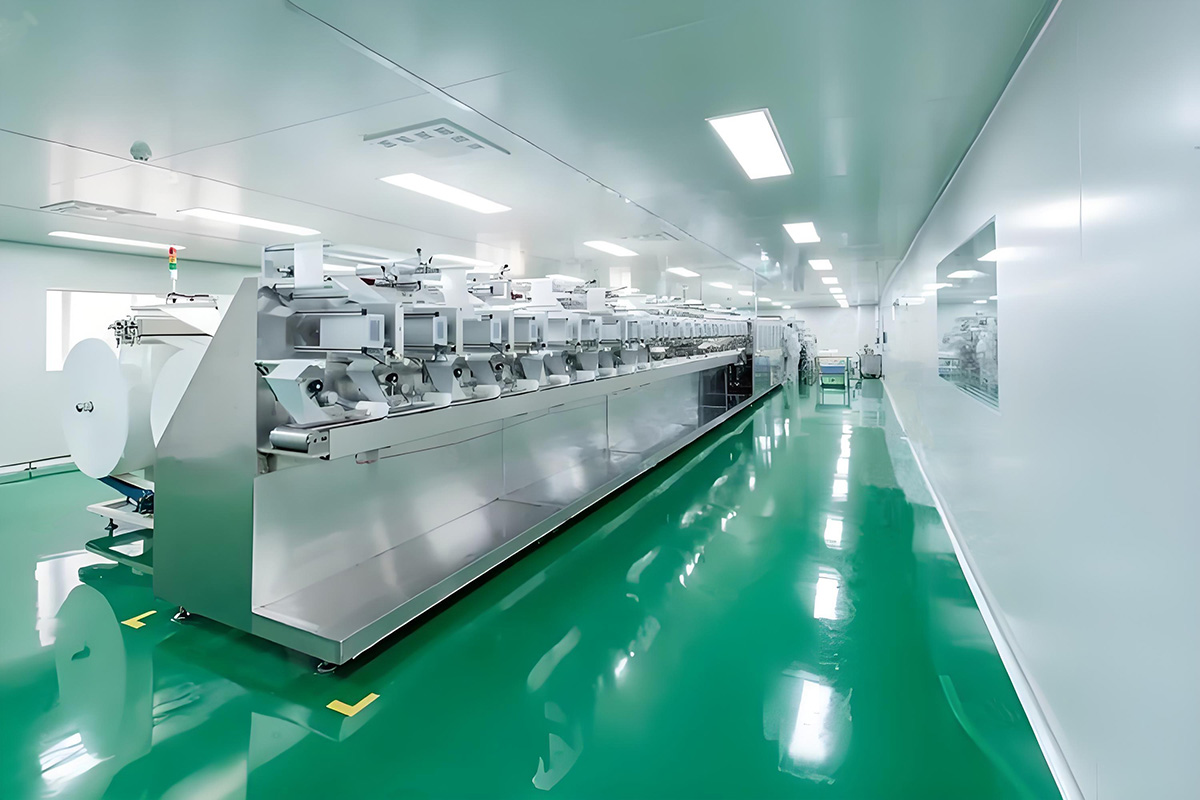
The pandemic exposed fatal flaws in traditional supplier selection methods. Last year alone, 23% of brands faced recall incidents due to certificate fraud (Euromonitor 2023). Let’s explore how industry leaders are redefining manufacturer vetting.
Industry Landscape Overview: What Are the Key Trends in Wet Wipes Manufacturing?
The global wet wipes market is growing rapidly, driven by increased demand across various sectors. From personal care to industrial applications, wipes are essential in maintaining hygiene and convenience. According to recent market reports, the global wet wipes market4 is expected to grow at a 5.3% CAGR from 2023 to 2030, with a focus on eco-friendly and biodegradable products5.
The post-pandemic landscape has added challenges to the market, including raw material shortages and increasing pressure for sustainability. Manufacturers must adapt to these changes to remain competitive.
-
Market Growth Projections: The global wet wipes market has expanded with increased consumer awareness of hygiene, further accelerated by the pandemic. It is projected that the market will continue to grow, especially in Asia-Pacific and North America. As consumers demand more eco-conscious options, manufacturers must pivot to meet these needs by offering biodegradable or sustainably sourced wipes.
-
Post-Pandemic Manufacturing Challenges: Raw material shortages, like those for nonwoven fabrics, and pressures around sustainability are significant hurdles. Manufacturers need to maintain supply chain resilience and adopt more sustainable practices, from biodegradable materials to using eco-friendly preservatives. Additionally, as the global demand for wipes increases, manufacturers must ensure they have the scalability to meet orders without compromising quality.
What Does the Current Wet Wipes Manufacturing Landscape Demand?
Raw material costs surged 38% post-COVID while EU plastic bans eliminated 17% of traditional suppliers. Can your manufacturer navigate this minefield while maintaining quality?
Successful manufacturers now combine GMP-certified facilities6 with circular production models. Top performers reduced water usage 45% through closed-loop systems while maintaining <0.8% defect rates (EDANA 2023).
Critical Market Shifts Requiring Immediate Action
-
Material Sourcing Material Price Volatility (2023) Alternative Solutions Polyester +54% YoY PLA blends (cost +22%) Wood pulp +68% YoY Bamboo fiber (cost -18%) -
Compliance Timelines
- EU SUPD Phase 2: Jan 2024 (biodegradability requirements)
- FDA Moisture Control: Q3 2024
- Australia Flushability Standard: July 2025
Our factory transitioned to 100% OEKO-TEX certified bamboo substrates7 in 2022, absorbing only 12% cost increase through automated cutting systems.
How to Pre-Screen Manufacturers Without Visiting Factories?
64% of buyers discover capacity misrepresentation during production (BSCI Audit Data 2023). Can you verify capabilities remotely?
Validate manufacturers through unannounced video audits, MOQ-to-capacity ratio analysis, and cross-checked certification validity dates. Demand proof of BRCGS Grade AA8 or higher for food-contact wipes.

The 3-Point Remote Verification System
-
Certification Forensics
- Check ISO 9001 scope includes your product category
- Validate FDA registration numbers in public database
- Require original test reports (<6 months old)
-
Capacity Math
Real Capacity = (Number of lines × 20hr/day × 300 days) ÷ Your MOQ
Ratios below 1.2 signal risk
- Disaster Readiness
- Dual power sources
- Alternate port agreements
- Raw material buffer stocks
We provide live production floor access through 24/7 CCTV monitoring to all partners, with 83% faster issue resolution than industry average.
What Hidden Costs Destroy Wet Wipes Margins?
Manufacturing costs can significantly impact your product’s profitability. It’s essential to break down the cost structure to understand where the money is going and how to manage it effectively.
The average $0.02/unit price difference hides $78,000 annual surprises (Elbert Cost Analysis 2023). Where are the traps?
Key cost include raw materials9, logistics, and compliance-related expenses10. Understanding these elements can help you avoid hidden cost traps.
-
Raw Material Cost: Nonwoven fabrics, preservatives, and packaging materials are some of the primary raw materials used in wet wipes production. As the prices of these materials fluctuate, it’s important to work with manufacturers who are transparent about their costs. Keep an eye on the volatility in material prices, especially for eco-friendly options like biodegradable wipes, which might be more expensive than traditional materials.
-
Hidden Cost Traps: In addition to raw material costs, other factors like logistics surcharges, tool development fees, and compliance testing can inflate the final price. When negotiating with suppliers, consider the Incoterms (e.g., DDP vs. EXW), as they affect your overall costs. Always request a breakdown of additional charges before finalizing any deal.

Cost Control Framework
Immediate Actions
- Insist on EXW terms for freight control
- Pre-pay mold costs for ownership
- Demand test cost transparency
Long-Term Strategy
- Joint material futures purchasing
- Automated order tracking systems
- Penalty-backed SLA agreements
Our clients saved 17% through [dynamic MOQ models](https://www.netsuite.com/portal/resource/articles/inventory-management/minimum-order-quantity-moq.shtml)11 that adjust to material markets, with guaranteed 45-day price locks on 80% of components.
Can Innovation Actually Lower Your Production Costs?
Brand X reduced per-unit costs 22% while achieving 100% biodegradability. How?
Next-gen compressed packaging cuts shipping costs 38%. Probiotic preservation12 eliminates $0.014/unit chemical costs. Smart R&D partnerships yield average 19% ROI in 18 months (INDA Innovation Report).
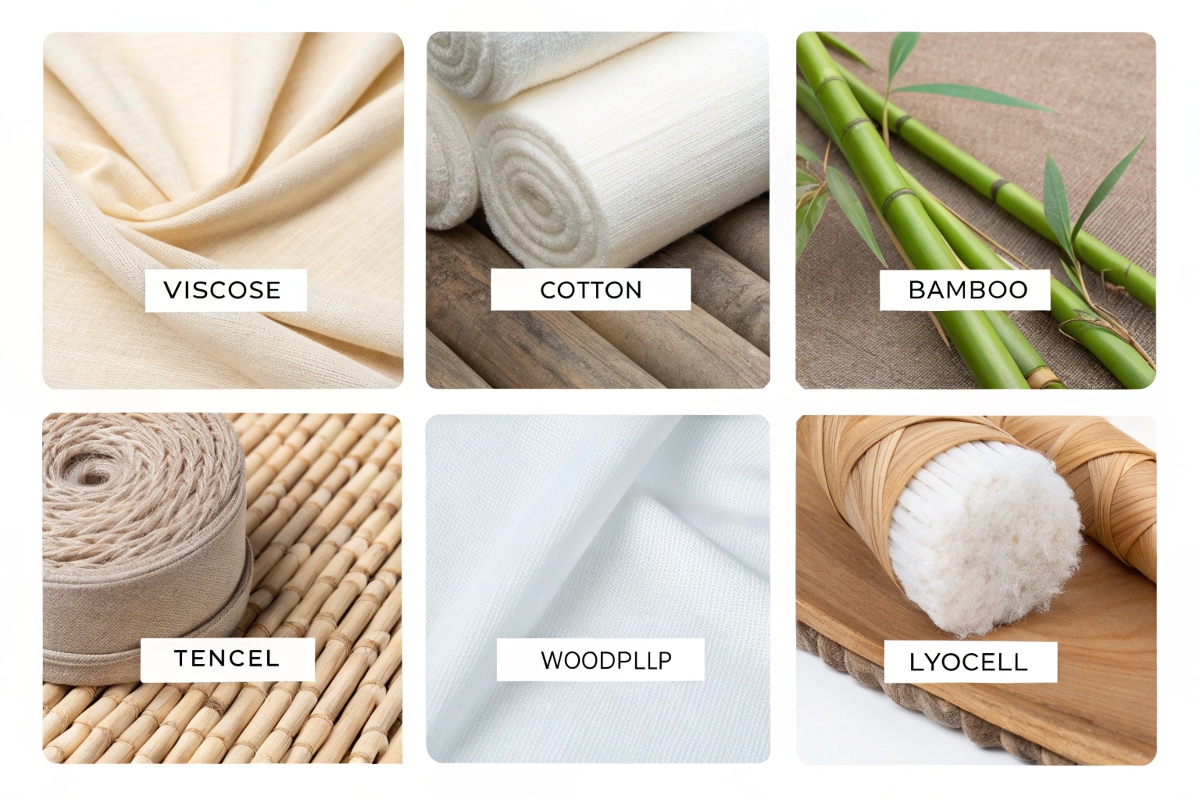
Implementation Roadmap
-
Phase 1 (0-6 Months)
- Switch to ultrasonic cutting (2% material savings)
- Implement bulk preservative purchasing
-
Phase 2 (6-18 Months)
- Develop proprietary probiotic formula
- Co-invest in compression molding tech
-
Phase 3 (18+ Months)
- Launch 100% plastic-free line
- Achieve Cradle-to-Cradle certification
Our joint innovation fund has delivered 14 patented solutions since 2020, including the antimicrobial microfiber technology used by 3 Fortune 500 clients.
Innovation & Customization Evaluation: How to Ensure Your Manufacturer Stays Ahead of Trends?
Innovation is crucial in the ever-evolving wet wipes market. A manufacturer who keeps up with the latest trends can provide significant advantages in terms of product performance and market differentiation.
Choosing a supplier that offers customization and innovation will ensure that your wet wipes stand out in the market.
-
Next-Gen Technologies: The demand for biodegradable substrates13 is increasing, and technologies like PLA (Polylactic Acid) are becoming more popular. Additionally, probiotic-based formulations14 are emerging as alternatives to traditional preservatives, offering a safer, more natural option. A forward-thinking manufacturer will be able to adapt to these innovations and incorporate them into your product line.
-
Customization Options: Packaging design can make a big difference in how your wipes are perceived in the market. Look for manufacturers who offer patented or innovative packaging solutions. For instance, some suppliers have developed packaging designs that enhance product shelf life, reduce wastage, and improve convenience.
Risk Mitigation Framework: How to Protect Your Business From Supply Chain Disruptions?
In an increasingly volatile world, protecting your business from potential disruptions is essential. A strong risk mitigation framework can help ensure you’re covered in case of quality issues or supply chain interruptions.
Establishing contractual safeguards and dual-sourcing strategies will protect your business in case of unforeseen events.
-
Contractual Safeguards15: It’s essential to have solid agreements in place with your wet wipes manufacturer. Ensure that contracts include clauses for intellectual property (IP) protection, force majeure coverage, and penalties for quality breaches. These safeguards help ensure both parties are committed to delivering on agreed-upon standards.
-
Dual-Sourcing Strategies16: Relying on a single supplier can be risky, especially if there are delays or quality issues. A dual-sourcing strategy—where you work with more than one supplier for the same product—helps ensure business continuity. For example, having a backup supplier for key materials like nonwoven fabric can reduce the impact of supply disruptions.
Sustainability Compliance17: What Are the Regulatory and Environmental Considerations?
Sustainability is no longer just a buzzword. It’s a key factor that can influence both your brand reputation and your bottom line. Ensuring that your manufacturer complies with sustainability standards is critical for long-term success.
Navigating the complex world of sustainability regulations will help ensure that your wet wipes meet global standards.
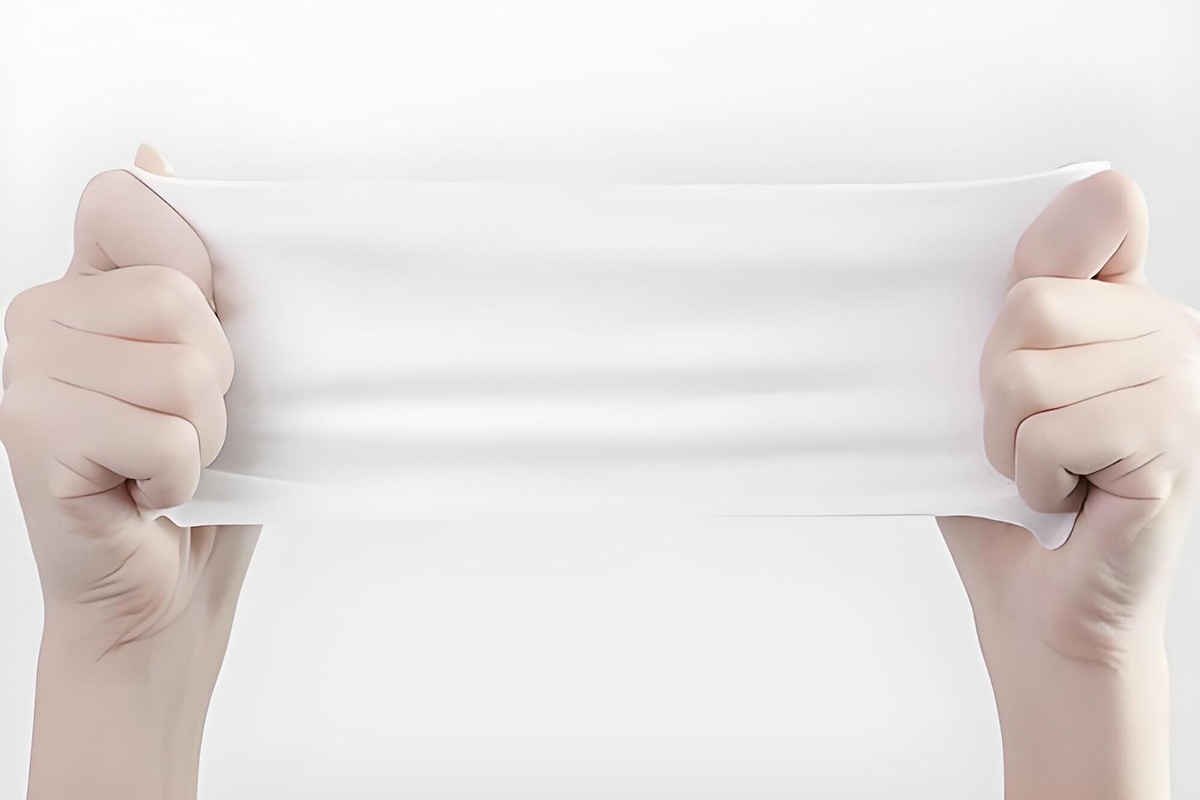
-
Global Regulations: The EU Single-Use Plastics Directive (SUPD)18 is a critical regulation that affects manufacturers of disposable wipes. It aims to reduce plastic waste and encourage the use of biodegradable alternatives. Understanding how your manufacturer complies with these regulations is essential, especially if you are selling in markets with strict environmental laws.
-
Carbon Footprint Measurement: Increasingly, consumers and regulators are demanding transparency about the environmental impact of products. Carbon footprint measurement tools19, like Life Cycle Assessments (LCAs), can help quantify the environmental impact of wet wipes production. Choose a manufacturer who is willing to share this data to ensure compliance with sustainability goals.
Supplier Shortlisting Toolkit: How to Make the Final Selection?
Once you’ve narrowed down your options, it’s time to evaluate your potential suppliers. Using a structured toolkit can help you compare manufacturers and make the best choice for your business.
By using a supplier shortlisting toolkit20, you can assess manufacturers on key factors like cost, capacity, and compliance.
-
RFP Template: A comprehensive Request for Proposal (RFP) template helps you gather consistent data from each supplier, making it easier to compare their capabilities. The template should include over 50 evaluation criteria, such as pricing, production timelines, and compliance certifications.
-
Interactive Cost Calculator: Use an interactive cost calculator to evaluate the true cost of each manufacturer, including all hidden fees like shipping and compliance testing. This will give you a clearer picture of the total cost of working with each supplier.
Conclusion
Selecting a wet wipes manufacturer is a critical decision that requires careful evaluation. By focusing on key areas like certifications, production capacity, cost, sustainability and innovation partnerships, you can ensure your brand’s success in the competitive wipes market. Start implementing these strategies today.
Elbert Zhao
Founder, ELBERT Wipes Solutions
📧[email protected] | 🌐 www.elbertwipes.com
8 production lines | 22 processing lines | OEKO-TEX certified | Walmart-approved supplier
-
Understanding the projected growth of wet wipe demand can help you make informed decisions about supplier partnerships and market strategies. ↩
-
Exploring effective strategies for building supplier partnerships can enhance your product’s success and sustainability in a competitive market. ↩
-
Staying updated on sustainability mandates is crucial for compliance and can give your brand a competitive edge in the market. ↩
-
Explore this link to understand the latest trends and growth projections in the wet wipes market, crucial for industry insights. ↩
-
Learn about the advantages of biodegradable products in the wet wipes industry, essential for eco-conscious consumers. ↩
-
Understanding GMP-certified facilities is crucial for ensuring quality and compliance in production processes. ↩
-
Exploring bamboo substrates can reveal sustainable alternatives that reduce costs and environmental impact. ↩
-
Learning about BRCGS Grade AA certification helps ensure that manufacturers meet high safety and quality standards. ↩
-
Exploring raw material costs can reveal hidden expenses and help optimize your manufacturing budget. ↩
-
Learning about compliance-related expenses can help you avoid unexpected costs and improve your financial planning. ↩
-
Explore how dynamic MOQ models can optimize your purchasing strategy and significantly reduce costs. ↩
-
Discover the benefits of probiotic preservation in cutting costs and enhancing product quality in manufacturing. ↩
-
Exploring this link will provide insights into biodegradable substrates, crucial for sustainable product development in the wet wipes market. ↩
-
Understanding probiotic-based formulations can help you make informed choices for safer, more natural wet wipes. ↩
-
Understanding contractual safeguards can help you create robust agreements that protect your business from disruptions. ↩
-
Exploring dual-sourcing strategies can provide insights into maintaining business continuity during supply chain disruptions. ↩
-
Learning about sustainability compliance can enhance your brand’s reputation and ensure adherence to global standards. ↩
-
Explore this link to understand the EU SUPD and how it affects manufacturers, ensuring compliance and sustainability in your business. ↩
-
Discover effective carbon footprint measurement tools to enhance your product’s sustainability and meet consumer demands for transparency. ↩
-
Learn how a supplier shortlisting toolkit can streamline your supplier evaluation process, ensuring you make informed decisions for your business. ↩

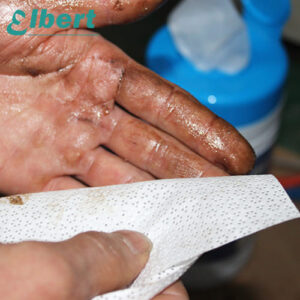
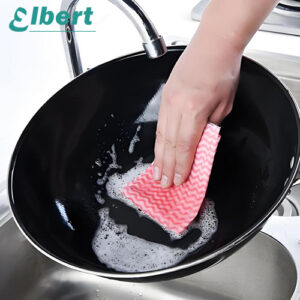
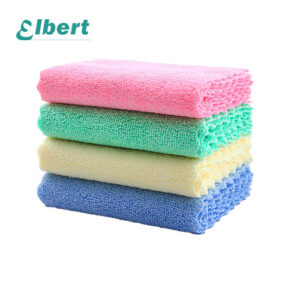
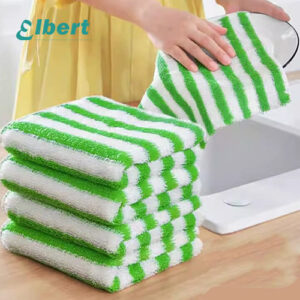
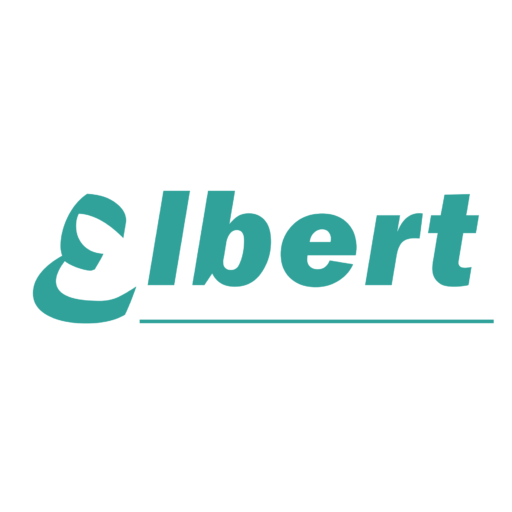
4 Responses
http://toyota-porte.ru/forums/index.php?autocom=gallery&req=si&img=3232
Thanks for your comments Lucas!
психолог онлайн консультация телеграмм
Thanks